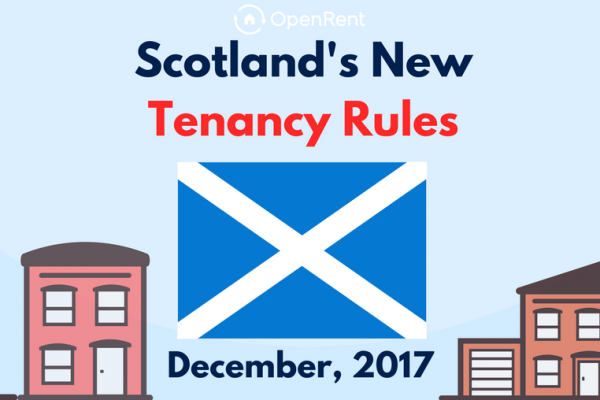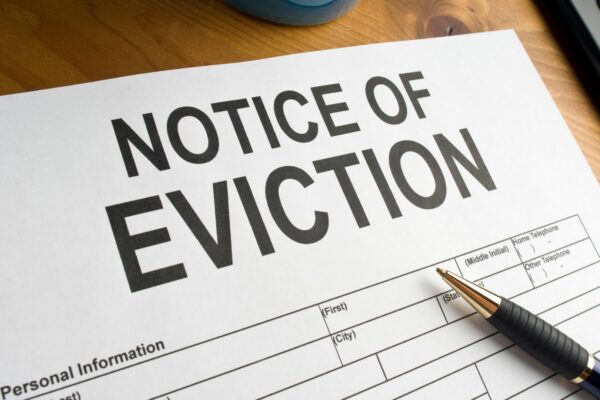Not all landlords are professional investors; some find it thrust upon them. Perhaps you have been left the property in a will or are moving in with someone else, leaving your own home empty. In this case, it’s possible that you might want to move into the property yourself at some point in the future.
In this guide, we explain how to make your tenancy agreement watertight so that you can take back possession of your property with minimum fuss when the time comes.
Prepare a Proper Assured Shorthold Tenancy
All landlords, professional or otherwise, should create a tenancy agreement with every tenant. In England and Wales, the Assured Shorthold Tenancy (AST) protects both parties as it sets out the terms of the tenancy, together with the timescales and process for ending it.
Critically, it should include the grounds upon which a section 8 notice to quit can be served. A section 8, sometimes called a section 8 possession notice, lets a landlord seek possession of the property as long as grounds for eviction exist.
Some of these grounds must be included in the tenancy agreement in order for them to be used later. We will outline these in the next section.
In Scotland, a Private Residential Tenancy should be used. This kind of tenancy agreement includes the landlord moving into the property, or the landlord wishing to sell the property, as grounds for eviction.
What Are Section 8 Grounds?
There are currently 17 grounds for eviction under a section 8 notice. These typically cover the rare occasion where a tenant falls behind with the rent, is a nuisance to neighbours or damages the property in some way.
The grounds are split between mandatory and discretionary. Mandatory grounds are where a court must grant possession to the landlord if due legal process has been followed. Discretionary grounds are where the court will allow possession if it decides it is reasonable to do so.
For those of you who wish to reclaim the property to move in yourself, this is clearly covered by Ground 1, which is a mandatory ground for a Section 8 notice.
The Housing Act 1988 states that Ground 1 can be used by landlords who let out their former main residence and need it back. Or it can be used by those who need to take possession of their rental property to make their own home.
For you to use Ground 1 as a reason to evict your tenant, you must give a minimum of two months’ notice, and you must have done both of the following:
- Included a clause in the tenancy agreement referring to Ground 1 and how you might wish to use it
- Given written notice to the tenant prior to letting that the agreement is on the basis that Ground 1 may be invoked (keep a copy yourself and proof that the tenant received it, preferably with a signature)
Avoid this Common Ground 1 Mistake
If you, as the landlord, did not serve the prior notice before starting the tenancy agreement or include a Ground 1 clause in the AST, the tenant can challenge a Section 8 Ground 1 notice.
Now, it will be up to the court to decide if you can go ahead. If you lived in the property before the tenancy, you might have to prove exceptional hardship as a reason for needing to move back in. Given that you must give two months’ notice anyway, plus at least a month for a court decision if the tenant challenges the notice, you should plan for at least three months before you successfully reclaim your property.
In practice, it could take far longer than three months to receive a possession order from a court: especially if you are applying to courts which have severe backlogs due to coronavirus.
How to Protect Yourself
The best way to avoid costly mistakes is to use a professional service like OpenRent to prepare your tenancy agreements.
We use housing law professionals to ensure our tenancy agreements remain up to date with all laws and regulations. Plus you can add custom clauses to suit your tenancy.
If you drafted your own tenancy agreement and have subsequently got into difficulty with the legal process, then OpenRent also has you covered. We have partnered with Landlord Action, regulated by the Solicitors Regulation Authority, who can ensure you get the very best advice.
Landlords only rarely need to evict tenants. As you are dealing with people’s homes, it is only right that you should set out everything in black and white with them before they sign up. It’s always preferable to be open and communicative with your tenants, and that should start with the tenancy agreement and what it covers.




Start the discussion at community.openrent.co.uk